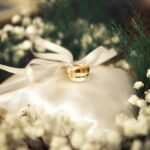Protective hairstyles are hairstyles where one’s hair is tucked away from the body with the ends
hidden. These hairstyles are meant to protect natural hair from external damage and promote
hair growth.
Protective hairstyles are especially crucial during the winter months, according to hairstylists
Francine Kargbo, owner of The Hair Guru. Kargbo said winter weather can strip moisture
from one’s hair, causing dryness and even breakage.
“Protective hairstyles, like braids and twists, help lock in the moisture by reducing exposure to
the weather,” Kargbo said. One can choose from a range of protective hairstyles like braids, twists, locks, sew-ins, bantu knots, ponytails, and wigs.
Prettier Profiles owner and hair stylist Daijah Nabors said the two most important factors clients
should consider when choosing a protective style are their lifestyle and personal skill level when
styling their hair.


“K-tip [extensions], while they can be protective … there’s more maintenance you’re having to
do to your hair, “ Nabors said. “If you like to work out a lot and you sweat a lot from your head,
[K-tips] would not be conducive to your hair growth or protection.”
Kargbo said an important factor to consider when choosing a protective style is whether one’s
hair is heat-trained or not.
“One of my favorite protective hairstyles is sew-in leaveouts, which is your natural hair
is out at the top, and then the rest of your hair is covered … it’s braided down,” Kargbo said.
“You don’t want to do a leave out if … your natural hair is not heat-trained yet, because it
could cause heat damage.” For a client with basic hair skills, Nabors would recommend protective styles like braids, or, those more sensitive to head touch, and locks.


“I would recommend locks because your hair is completely put away. You get retwists every
month to two months, and you do not have to get your hair done often. You’re
simply just shampooing it and conditioning it, ” Nabors said.
Kargbo said her current favorite braid styles are bohemian braids and Fulani braids. She said
with boho braids and general protective styling, it is important to invest in one’s hair.
“The most important thing … investing in the quality of hair that you’re buying,” Kargbo said.
“For wigs, they’re way more pricey, because you have to make sure that you’re buying
quality wigs.”
Nabors said her favorite protective hairstyle is wigs because they provide complete coverage of
one’s hair and some allow for easier removal to moisturize one’s scalp and do other treatments.
Nabors said she recommends finding wigs from a hairstylist who creates custom ones for the
client.


Kargbo said when it comes to wig maintenance, she recommends the Wig Dealer melting spray
as a product when one’s lace begins to lift on their wig. Kargbo said common mistakes people make when implementing a protective hairstyle are over washing, excessive heat, and skipping moisturizing.
“It’s very easy to forget to moisturize your hair when you have a protective hairstyle in,” Kargbo
said. “Even though you have a protective hairstyle and you still have to care for your natural
hair, like oiling your scalp every night when you have your braids in.” Nabors said she recommends moisture for protective styles as well, specifically with a leave-in conditioner, and through shampooing and conditioning one’s natural hair.
“Whether that be a wig, braids, K-tips, a sew-in, you’re always going to want to make sure you’re
moisturizing your leave out if it’s a sew-in, your extensions, or the braid under your extensions
with a leave-in conditioner,” Nabor said. Nabors said water is the ultimate form of moisture.
“Water is the ultimate form of moisture, not just on your hair, but within your body,” Nabors said.
“So consuming enough water, taking your vitamins …what you put in your body comes out of
your body.




